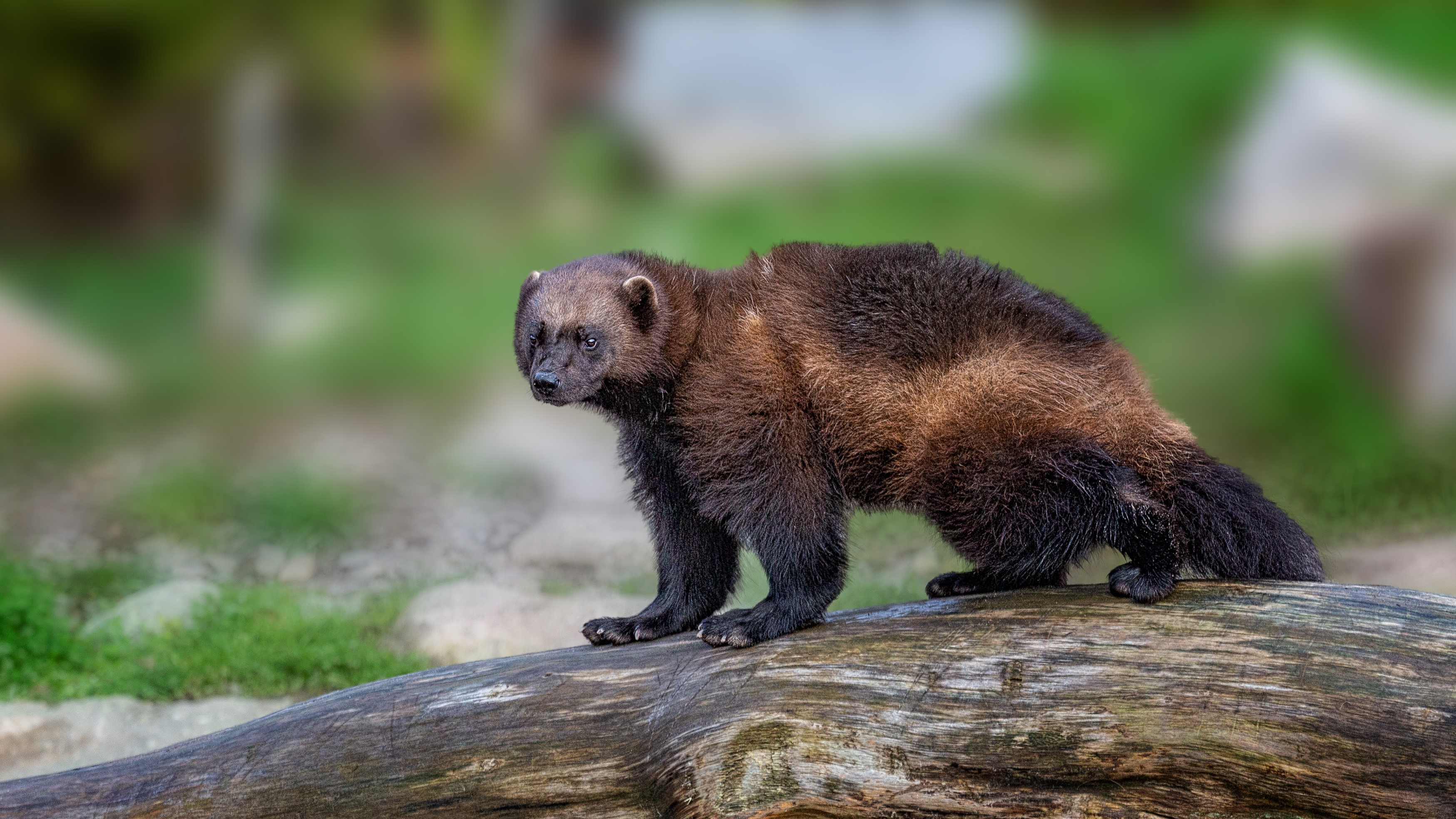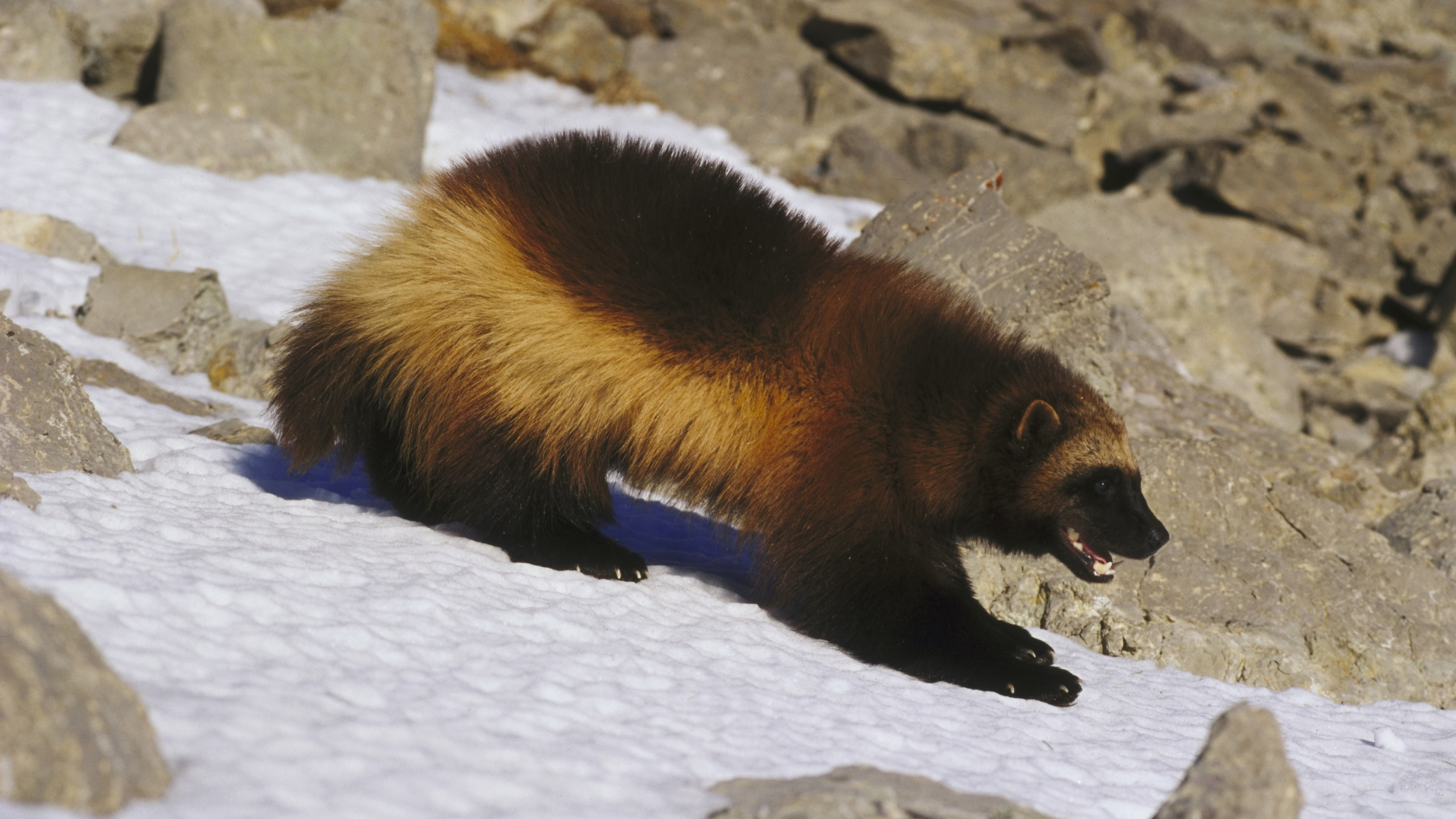
Wolves are set to make a return to the state of Colorado by the end of this year (if officials can find any, that is) and now Colorado Parks and Wildlife is considering another carnivorous mammal to reintroduce – wolverines.
The proposal to reintroduce wolverines to the state is nothing new; in fact, the 1999 lynx reintroduction was originally intended to include wolverines, but that part of the plan never made it to the docket. Wolverines are not currently listed as an endangered species, though there are only 300 - 400 of them remaining in the lower 48 states and lobbyists have long pushed for them to be designated as endangered. For this reason, an official from CPW recently told CBS News that the department is considering bringing a small number of them (100 - 150) back to Colorado, helping to restore the state's natural ecosystem.
Wolverines are widely distributed in Canada and Alaska, with smaller populations in Montana, Idaho and Wyoming. A member of the weasel family that looks like a small bear but exhibits certain characteristics similar to wolves, such as large territories and roaming distances, wolverines haven’t been seen in Colorado since 2009. In that case, wildlife officials tracked the wolverine, known as M56, south from Grand Teton National Park to the Collegiate Peaks near Leadville. Prior to that, wolverines hadn’t been officially sighted in Colorado since 1919, around the time they were hunted nearly to extinction by fur trappers.

Part of the reason that wolverines exist in such scant numbers is that they need a lot of room to roam – up to 15 miles per day. If they return to Colorado, it’s expected that they will inhabit Colorado’s rugged and remote high altitude areas and largely feed on marmots. Though wolverines are opportunistic scavengers and have been known to attack large mammals like elk, a face-to-face encounter with a wolverine is so unlikely that they are not considered any threat to humans.
If you were to spot a wolverine while hiking a 14er, it would most likely dart into the undergrowth before you could even get your binoculars out, however since they do prey on small mammals, keeping your canine companion on a leash is recommended if you like to hike with your dog.







